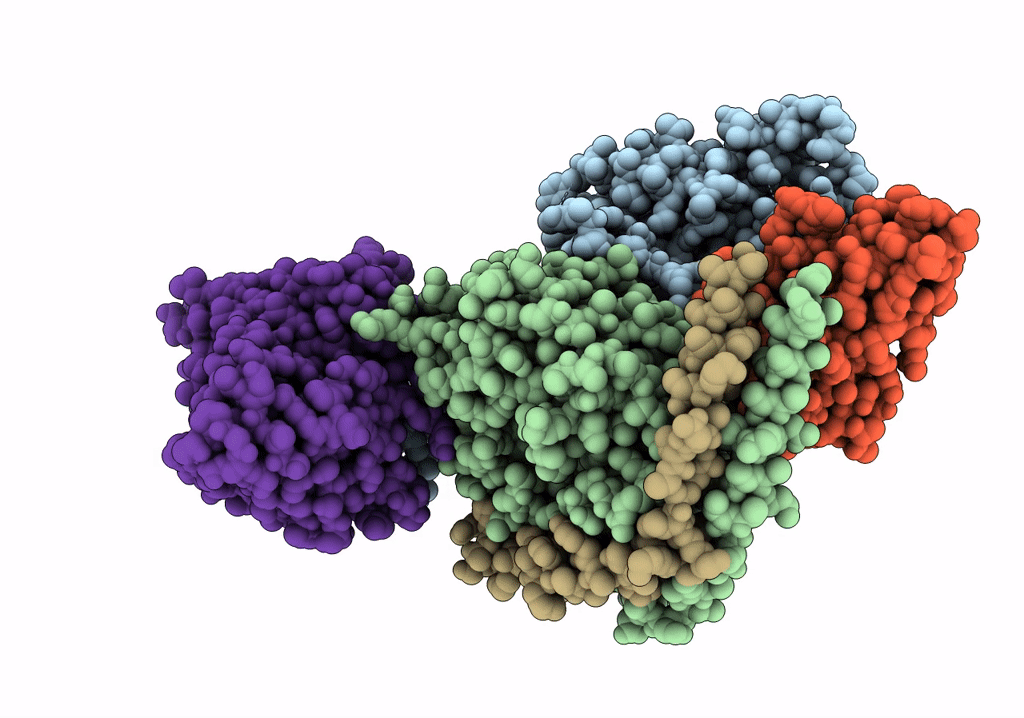
Deposition Date
2023-03-22
Release Date
2023-05-31
Last Version Date
2024-10-30
Entry Detail
PDB ID:
8ITF
Keywords:
Title:
Cryo-EM structure of the DMCHA-bound mTAAR9-Gs complex
Biological Source:
Source Organism:
Homo sapiens (Taxon ID: 9606)
Mus musculus (Taxon ID: 10090)
synthetic construct (Taxon ID: 32630)
Mus musculus (Taxon ID: 10090)
synthetic construct (Taxon ID: 32630)
Host Organism:
Method Details:
Experimental Method:
Resolution:
3.46 Å
Aggregation State:
PARTICLE
Reconstruction Method:
SINGLE PARTICLE


